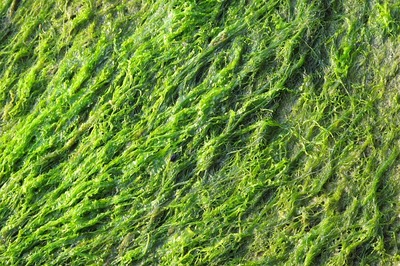Research Shows Algae Blooms Can Form in the Cold and Ice-Covered Waters
Sunday, February 26th, 2023 -- 9:00 AM

(By Danielle Kaeding, Wisconsin Public Radio) Scientists have long known rising temperatures favor growth of potentially harmful algal blooms, but a new study finds increasing evidence that they also form in cold and even ice-covered waters.
According to Danielle Kaeding with Wisconsin Public Radio, an international team of 28 scientists published the findings Friday in the peer-reviewed scientific journal Limnology and Oceanography Letters.
Researchers working with the Global Lake Ecological Observatory Network began examining the occurrence of blooms in relatively cold-water conditions in 2021. Kaitlin Reinl, the study’s lead author, said they examined papers, data, news reports and observations of cold-water blooms.
The study identified 37 cold-water cyanobacterial blooms. Cyanobacteria, often referred to as blue-green algae, has the ability to produce toxins that can make people or their pets sick.
"We've often been told the recipe for a bloom is that you need high temperatures and a lot of nutrients. In a lot of cases, that is certainly true," said Reinl, a research coordinator at the Lake Superior National Estuarine Research Reserve. "But, there are blooms that do occur in low nutrient conditions. There are blooms that occur in low temperature conditions."
Scientists observed cold-water blooms mostly in the United States and Europe, including Siskiwit Lake, Lake Mendota and Devil’s Lake in Wisconsin. The study defined cold-water blooms as any cyanobacterial bloom observed when the water temperature fell below 15 degrees Celsius or 59 degrees Fahrenheit.
That’s far below temperatures that are considered ideal for blooms to form. The team observed 19 cold-water blooms in ice-covered conditions. They also found an additional 53 cyanobacterial blooms that occurred from November through April using the Bloomwatch app and the U.S. Environmental Protection Agency’s Cyanoscope program.
While warmer temperatures often drive blooms, they’re not the only factor that sets the stage for them to form. With cold-water blooms, Reinl said, physiological traits of cyanobacteria play a major role, along with nutrients and other physical processes.
Feel free to contact us with questions and/or comments.




